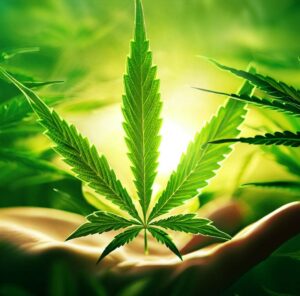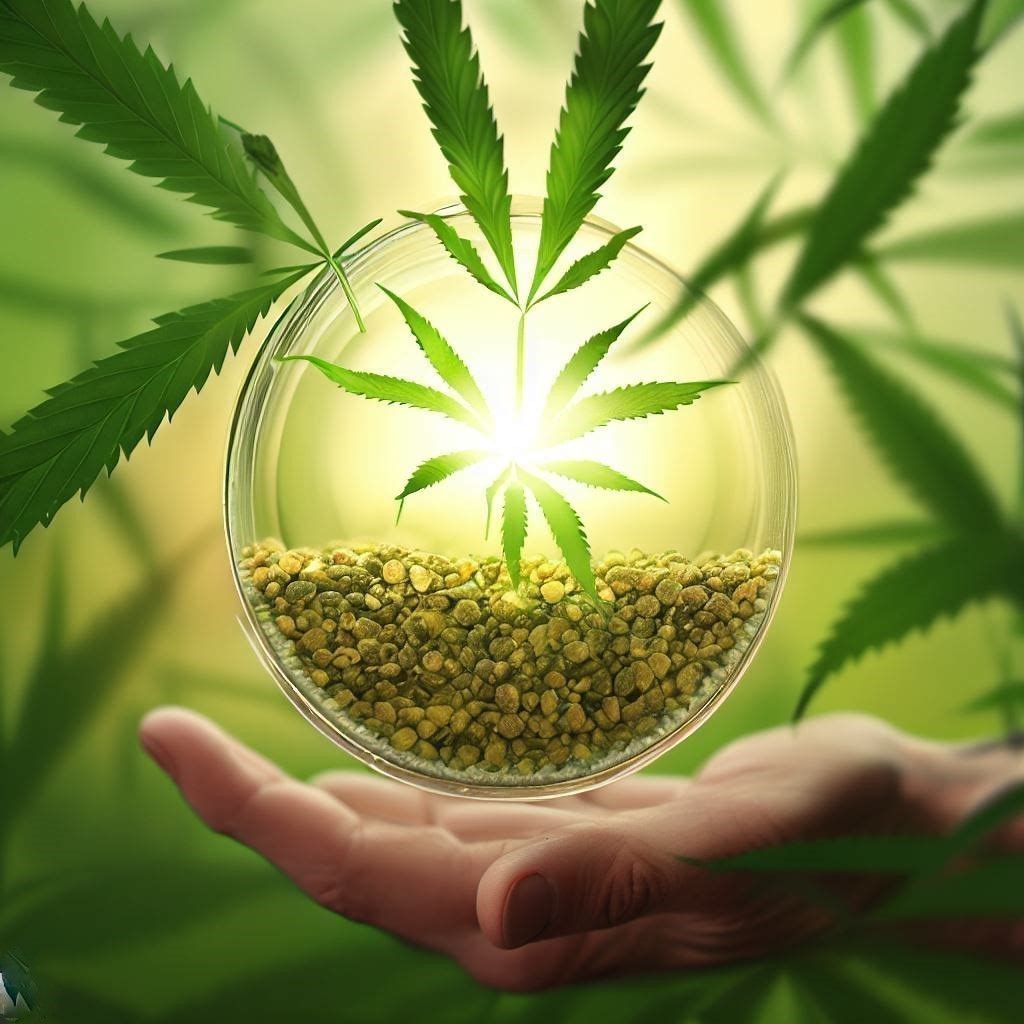Homegrown cannabis has characteristics which make it a source for the manufacturing of biodiesel. Recently, there has been a worldwide push towards harnessing the properties of hemp to enhance sustainable energy for electricity production. Consequently, this move has made many scientists research energy sources such as hemp, which has shown the potential to be an energy source. Over the years, people at different capacities had used hemp used for food, textiles, medicine, paper, and other vital purposes around the world. In the coming years, Its potential as a source of energy has established the possibility of powering vehicles and homes with this biodiesel.

How can Hemp be Converted into Fuel
Hemp oil is extracted from crushed hemp seeds through a process known as transesterification, and this forms the Hemp biodiesel, According to a research study, 97% of hemp oil was converted into biodiesel. On the exchange, this has a higher rate of conversion than any biodiesel.
The hemp biodiesel was made to undergo various lab test, which it passed all of the tests.
The hemp properties suggested that they can be used often at lower temperatures than any biodiesel. The positive outcome of this hemp diesel as a possible energy source through the results of the research has made different stakeholders within the global energy industry to conclude the possibility of utilizing hemp biodiesel to be used everywhere by car owners and homeowners to find a better sustainable source of energy.
If this goes well, it will be of great benefit to everyone to find a gasoline station where they can purchase hemp biodiesel. Couple this with a legal and regulated CBD oil industry and the world will be in a better place.
Can Hemp be a Perfect Biofuel?
Almost all kinds of plants can be converted into biofuel, but what distinguishes hemp from the rest of the plants is its the fact that hemp can be grown in infertile soils.
Food crops like olives, soybeans, peanuts, and rapeseed are major biodiesel plants, all of which need fertile grounds to grow. If these plants are to be used as biofuels, people will need to sacrifice lands to produce a fuel which will affect food production. This makes these other categories of plants unsustainable.
On the other hand, hemp can grow in infertile soil, thereby leaving high-quality fertile lands for crop production. Additionally, hemp has immunity against pest, drought, and erosion, which suggests that it can be It has the potential to survive in most parts of the world. More so, hemp requires less water, energy, and compost to grow. Hemp biofuel has more advantage or is more superior to most energy crops, and this improves its competitive position against sugar beets, maize, and other plants which are used for biofuel production
Growing hemp is without much stress as it can grow in an infertile area, leaving the high-quality land for crops. Growing hemp also requires less energy, water, and compost, which makes it one of the plants to any farmer would love to grow. Hemp is additionally immune to drought, pests, and erosion, which suggests it can survive in most parts of the planet. The energy yield of hemp for biofuel creation is similar or superior to most energy crops, which strengthens its competitive position against maize, sugar beets, and other plants for solid biofuel production. With its high biomass yield and its ability to suit easily into existing crop rotations, hemp is predicted to enrich and exceed the different energy crops.
Albeit, research on hemp crop has shown the vast potential of hemp as a great source of energy, it behooves the stakeholders and governments within the energy industry to do the needful in making sure that shortly, people can drive hemp-powered cars and live in hemp-powered homes.
BioEnergy
The fastest-growing source of renewable energy is Bio-Energy. It has been noted that farming energy crops on the arable ground can mitigate global climate change as well as decrease yoke on fossil resources that are depleting. However, some biofuel crops cause more emissions than they can be able to save, displace people, and use excess water, thereby affecting the environments adversely. These effects make the hemp biofuel the best and with potential as a future energy source because the hemp crop meets the requirements which guarantee low environmental impact.
With hemp crop’s high biomass yield coupled with its property, which suits existing crop rotations, enthusiasts are promoting the commercialization of hemp crops for producing bioenergy.
Hemp was first found in India and Western Asia and had since spread all over the world. For the past hundreds of years, fibers were used to make clothes, ropes, paper, while cannabis was used to enrich the food with proteins. When threads replaced hemp, interest in hemp declined.
Around 1961, abuse of the hemp plant as a drug led the United Nations to ban its farming. Later, within the 1990s, the ban was lifted within Canada, E.U, and Australia, which began to use hemp again.
The automobile industry’s interest in making light fiber promoted its use. However, some modern countries like Norway and the USA still prohibit its use.
The fact is: the energy use of commercial hemp is minimal globally. Few countries around the globe have commercialized hemp bioenergy. Sweden produces and commercializes the production of hemp briquettes on a small scale. Hemp briquettes sell evenly well on regional markets but are costlier than wood base.

